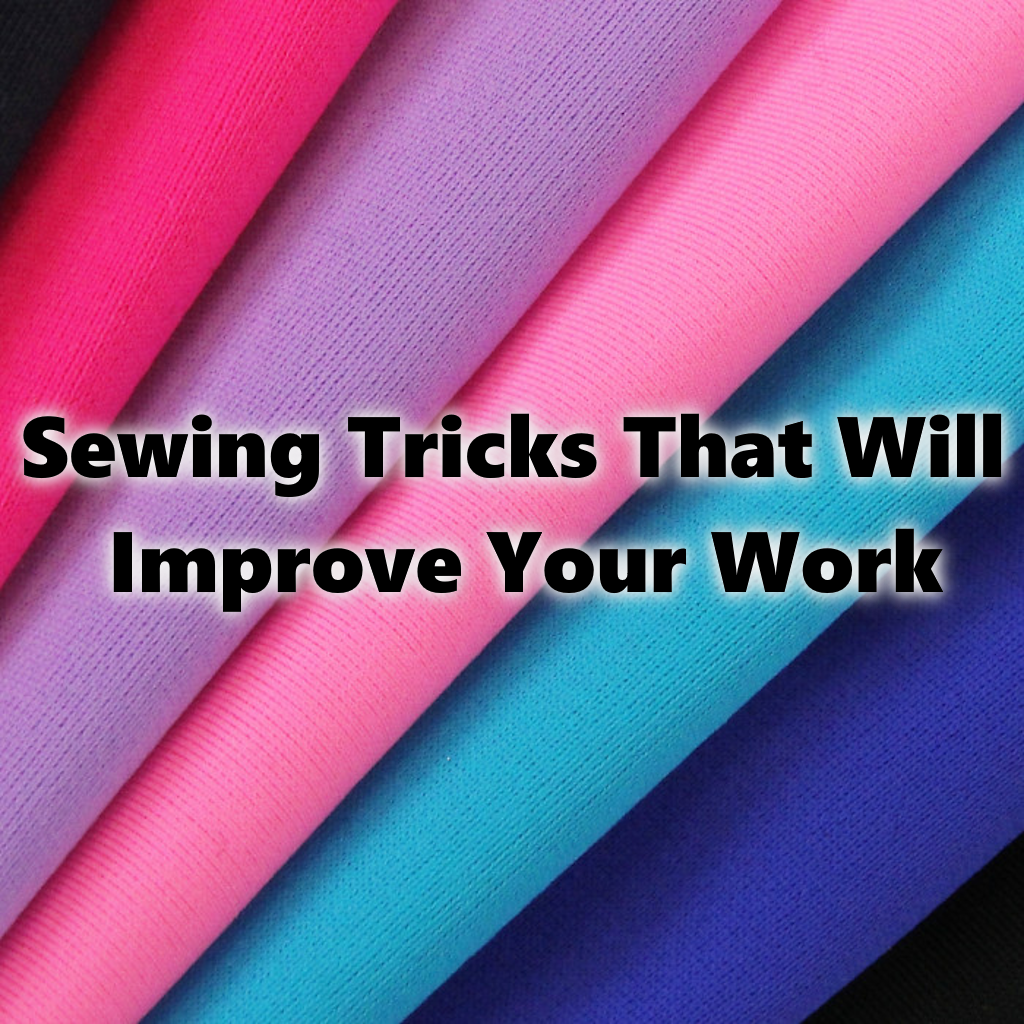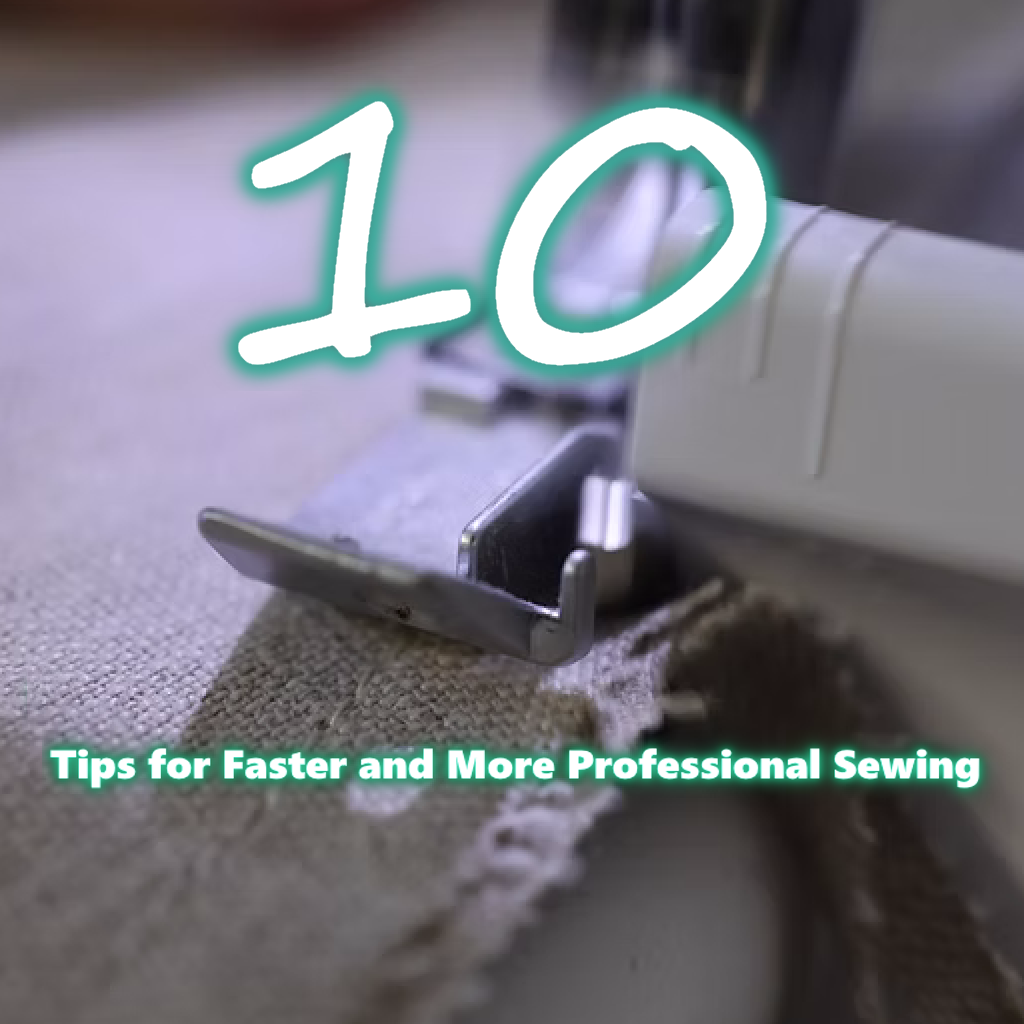
Sewing is an art that combines skill, creativity, and precision. Whether you are a beginner or an experienced sewist, incorporating smart tricks into your sewing routine can save time, improve accuracy, and enhance the quality of your projects. Here are some expert sewing tips and tricks to elevate your work:
1. Use a Magnetic Pin Holder
Instead of fumbling with a traditional pin cushion, use a magnetic pin holder. It keeps pins easily accessible and prevents them from getting lost on your workspace or floor.
2. Keep Your Bobbins Pre-Wound
Running out of bobbin thread in the middle of sewing can be frustrating. Pre-wind multiple bobbins in commonly used colors so you can quickly swap them when needed.
3. Mark Seam Allowances with Washable Tape
To maintain consistent seam allowances, place a piece of washi tape or masking tape on your sewing machine’s throat plate as a guide. This helps in sewing straight seams with precision.
4. Use a Walking Foot for Thick Fabrics
A walking foot ensures even feeding of multiple fabric layers, preventing shifting and puckering. It’s especially useful for quilting, sewing knits, and working with thick materials like denim and leather.
5. Clip Instead of Pinning for Thick Fabrics
Fabric clips are better than pins for thick or delicate fabrics. They hold layers securely without distorting the fabric or leaving holes.
6. Press Seams as You Go
Ironing each seam after sewing improves the final look and ensures professional-quality results. Use a steam iron or tailor’s ham to shape curved seams smoothly.
7. Chain Stitch for Faster Sewing
When sewing multiple pieces, keep sewing without cutting the thread between sections. This chain stitching technique saves time and thread, especially for quilting or batch sewing projects.
8. Reinforce Stress Points
For extra durability, reinforce areas that experience stress, like pocket openings or seams on tight-fitting garments. Use a short backstitch or bar tack to strengthen these points.
9. Store Thread Properly to Prevent Tangles
Keep your threads neatly stored on a spool rack or in zip-lock bags to avoid tangling and dust buildup. For extra organization, use bobbin clips to keep bobbins and matching spools together.
10. Use Virtual Try-On Tools
Before cutting fabric, visualize your project using virtual try-on tools like Sew It Yourself. This ensures better pattern fitting and reduces fabric waste.
Final Thoughts
By applying these sewing tricks, you can improve efficiency, achieve more precise stitches, and create polished, professional-quality garments. Whether you’re making clothes, accessories, or home decor, these simple yet effective techniques will enhance your sewing experience.
Want more expert tips and sewing patterns? Explore Sew It Yourself for innovative tools and resources!
Happy sewing! ✨🧵



